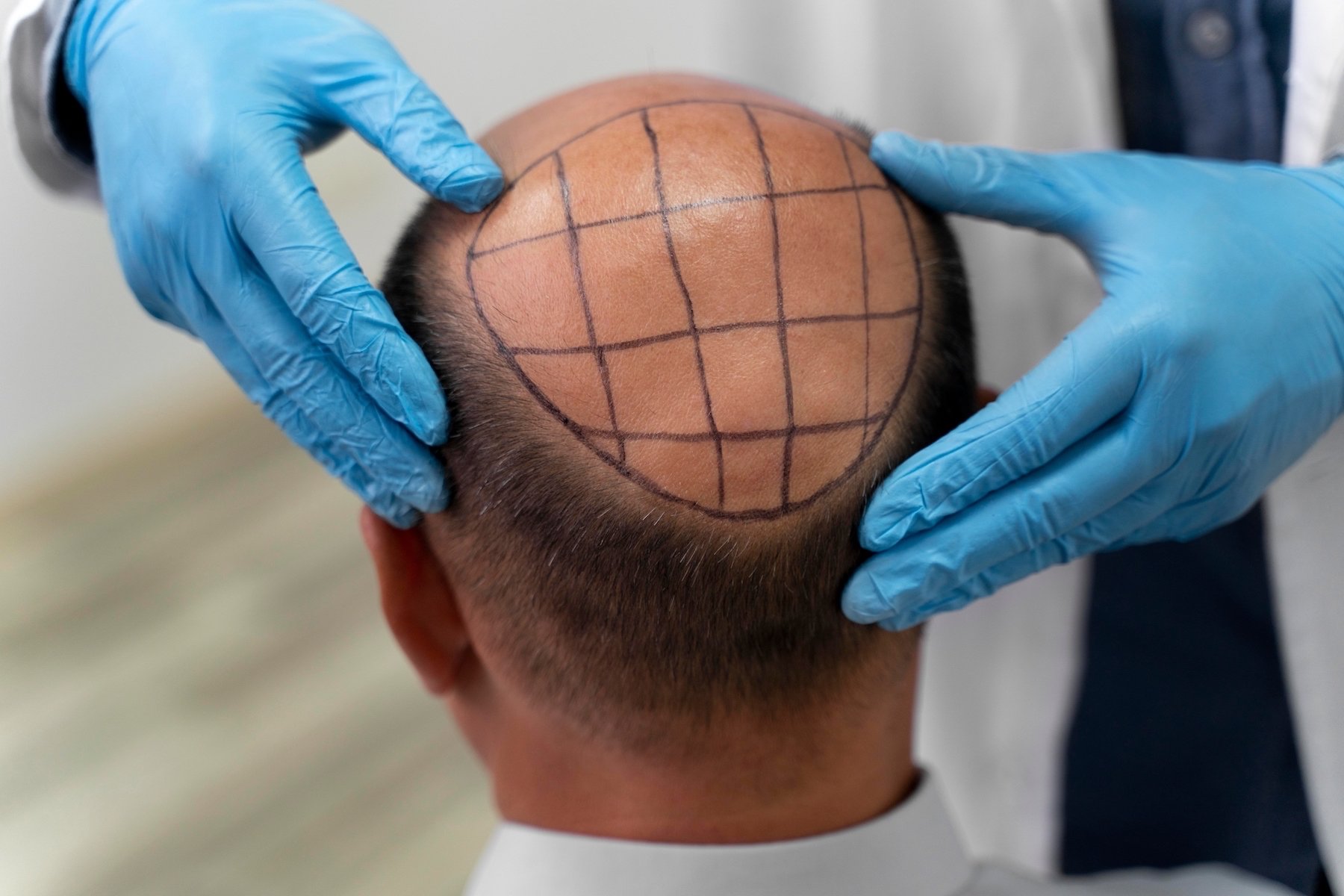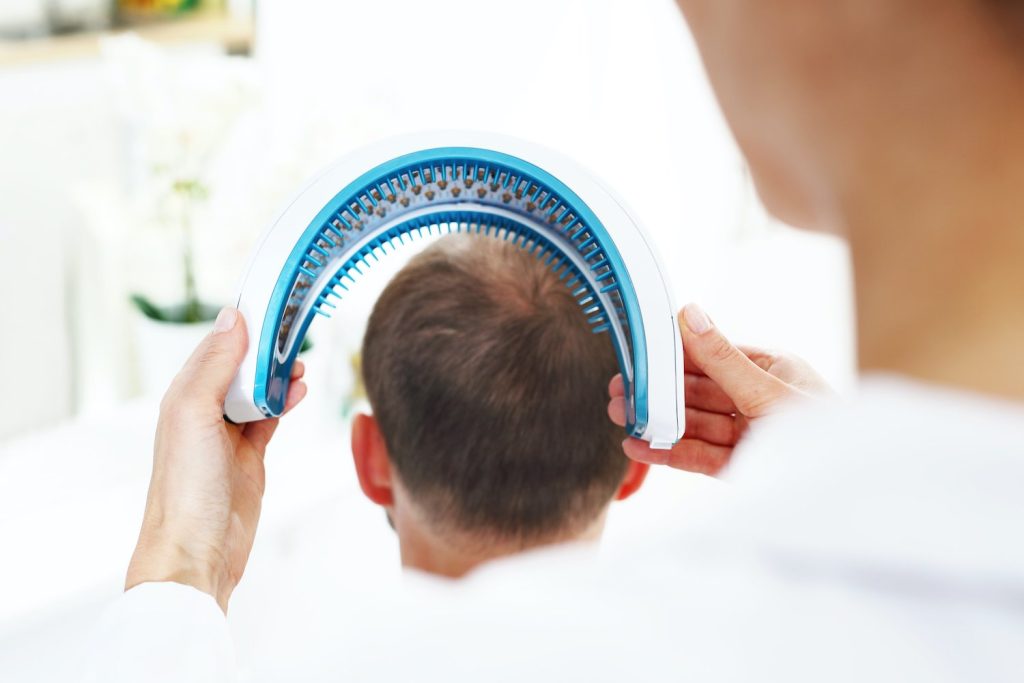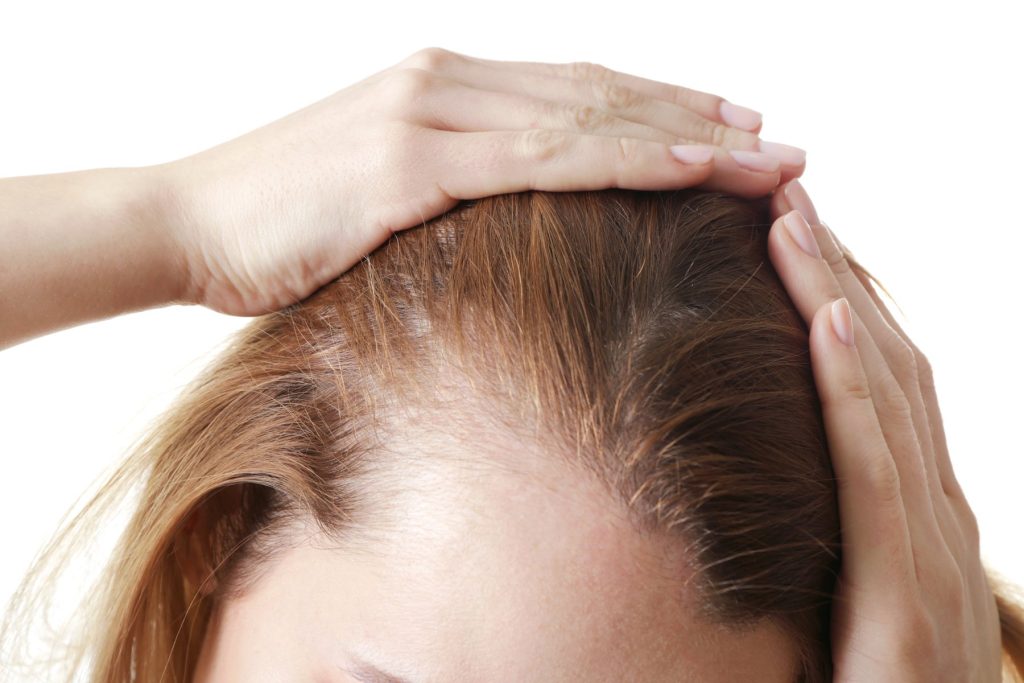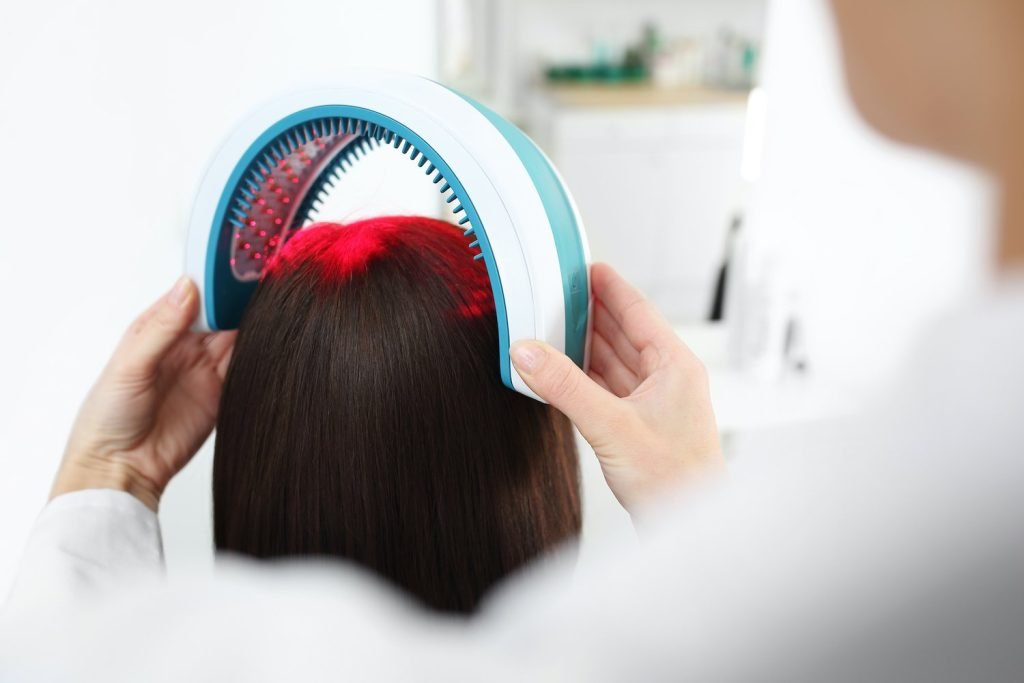- Hairline Clinic - Hair Loss Treatment in Akron and Cleveland Ohio - Schedule FREE Consultation
- 330.633.5225
- CONTACT US
Follicular Unit Extraction (FUE) Hair Transplant Surgery: How It Works

To understand how FUE is an advancement in hair restoration, it helps to know what came before it. Plus, it corrects the maddening injustice of hairy backs as the noggin goes hairless.
The irony of hair loss – in particular, male pattern baldness (also known as androgenic alopecia), but also various hair loss causes affecting men and women alike – is that there remains a lot of hair elsewhere on the body and scalp. It’s just not where you want it, and it increases with age. But there is a surgical technique for moving the unwanted hair to where it is needed (aesthetically speaking).
The most current hair transplant surgery technique for correcting this is known as Follicular Unit Extraction, or FUE. To understand how this is truly a breakthrough procedure, it helps to understand the path to its development and what came before it.
Since the middle part of the 20th century, various techniques for transplanting hair from those other locations have been used, with varying success. The first known hair transplant procedure was in 1939 in Japan, involving small dermal punches that lifted out sections of skin containing a complete hair structure (i.e., down to the roots), reimplanting them where wanted. That technique was largely forgotten because of World War II, until a New York based dermatologist (Dr. Norman Orentreich) used a similar technique, but with groups of dozens of follicles implanted at a time. It was called Follicular Unit Transplantation (FUT).
The unfortunate effect of the Orentreich method ¬– which he himself performed on approximately 10,000 patients ¬– was a “doll’s head” effect of little clumps of hair, not distributed in a natural way. By the 1980s, a different approach was to harvest from the donor area (typically the back side of the patient’s scalp, where it would be less noticed if the patient wore his or her hair long enough) in long strips. This enabled a more natural look with replanting sections of those strips in a more typical distribution. Called the Follicular Unit Transplantation (FUT), it worked on many patients as long as they had a sufficient donor area and loose enough skin to accept the transplant.
So how does FUE improve upon FUT? How are they similar? Let us count the ways:
- Both come with varying costs – mostly in the $4,000 to $15,000 range – which are largely a function of how much bald area needs to be addressed.
- The harvest areas in a FUE procedure are distributed and randomized, unlike the strip lines across the back of the head in a FUT procedure – which is problematic when the patient prefers a shorter hair style.
- Because the harvesting of hair from the donor site is randomized, it can be harvested from places on the body other than that scalp. That’s right – all your unwanted hair on your back (or chest, legs, arms, armpits, or even pubic regions) can be used to replace hair loss on the scalp. Surgeons familiar with the technique recommend harvesting from a variety of donor sites to achieve a blended look. Donor hair from the body might differ from scalp hair in terms of follicle diameter, color, curliness, rate of growth, and shaft angle.
- Time required for FUE and FUT depend on the amount of area to receive the donor hair; in can take up to 12 hours in a single session. A physician-controlled robotic procedure in FUE can expedite the process.
With all hair transplantation techniques, there is micro-trauma that requires anesthesia and a recovery period of about a week. Given the near-100-year history of hair transplants, it’s clear that this is a small price to pay for those who want hair growth restored to where they want it: on their heads.
We provide advanced Follicular Unit Extraction (FUE) Surgery for men suffering from hair loss and baldness at our hair loss treatment clinics in Cleveland and Akron Ohio.
If you are a man suffering from hair loss, we provide advanced Follicular Unit Extraction surgery procedure in Cleveland and Akron, OH. Schedule a FREE confidential consultation and evaluation at our Akron Hair Loss Treatment Clinic or our Cleveland Hair Loss Treatment Clinic by calling 330.633.5225 today!
Hair Loss Treatments
Men's Hair Loss Solutions
Women's Hair Loss Solutions
Men's Hair Loss Solutions
Ready for change? Call our hair loss experts at (330) 633-5225 to schedule a FREE appointment.
HairLine Clinic is an industry leader providing individualized hair loss treatments to men and women experiencing hair loss in Akron and Cleveland, Ohio.










